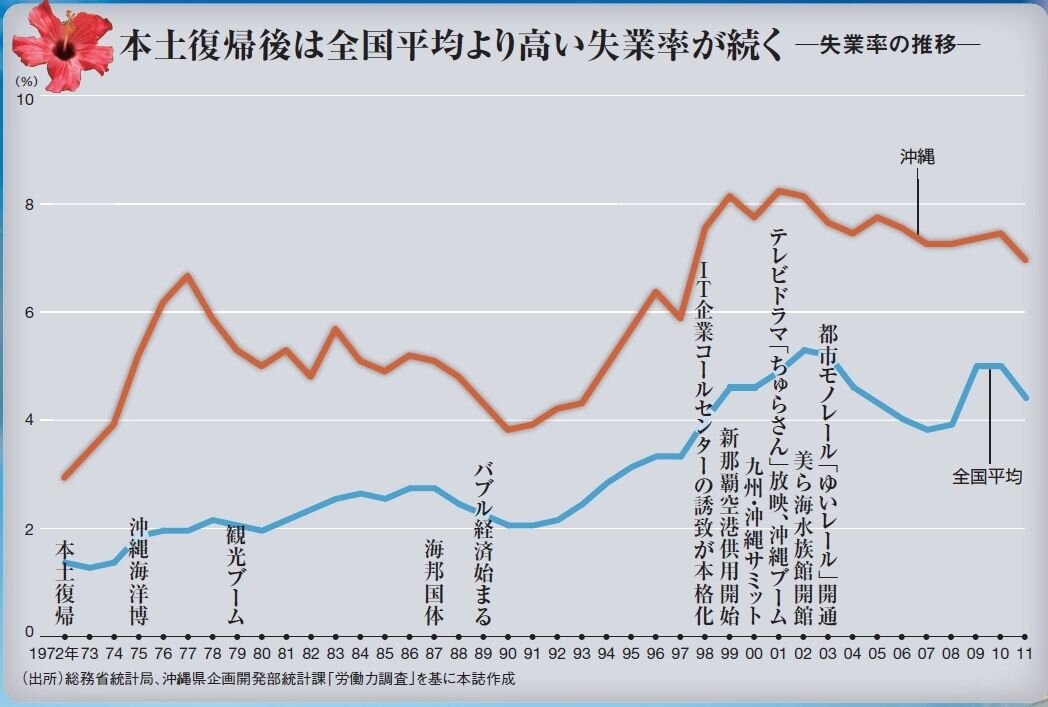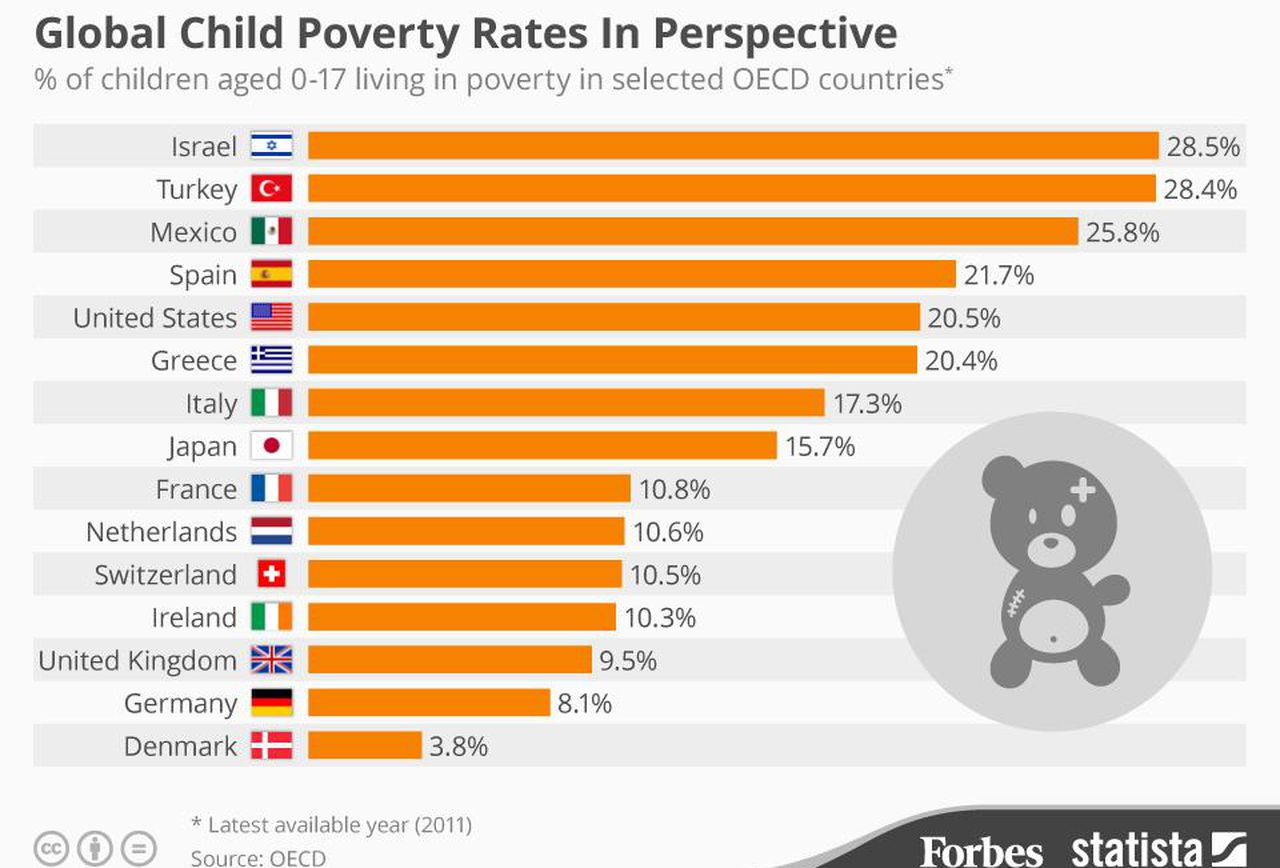Shortly after becoming a prefecture again, unemployment in Okinawa more than doubled from 3% to almost 7%. The average rate in the Japan at the time was 2%. The Amami archipelago also experienced economic hardship when it was "returned" to Kagoshima prefecture in 1953 and was one reason Okinawa was originally cool to the idea of reunification with Naichi (mainland Japan). (I will expand upon this at a later date.)
During the '80s unemployment fell steadily, but rose sharply in the 90s after the asset bubble had burst. Despite a number of public works projects--a new airport in '99 (You should have seen the old one--yikes!), the Yui Rail monorail in Naha in 2003, highway E58 (“goya”) which has been built piecemeal over the past fifty years, the TV drama "Chura-san", which ushered in the "Okinawa Boom", unemployment has remained much higher than the nation's average.
Today, however, things have improved considerably. In December of 2020 unemployment stood at 2.9% nationally and only slightly higher at 3.4% in Okinawa. Among 15~29 year olds, the rate was 5.2% locally, compared to 4.5% nationwide. Mind you, that is during the Covid-19 pandemic which has hit the tourism industry hard.
Red line is Okinawa; blue, national average. R1 is 2019; R2, 2020.
I have been asked why unemployment shot up after the return of the islands to Japan.
I believe a lot of local Okinawans lost jobs they had on the bases. One site says that some 19,000 locals had been employed by the US government, which doesn't sound like a whole lot, but the population of Okinawa was only 970,000 at the time. The labor force at the time was 370,000 people. 20,000 amounts to about 5.5% of the labor force. There were also troop reductions which probably had further knock-on effects to the local economy. Unemployment rose for the whole country at the time, too.
The bases accounted for about 16% of the local economy in 1972. Today that figure is a healthier 5.3%.

















